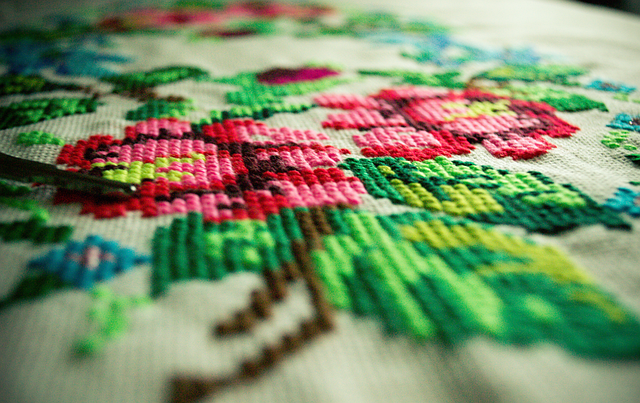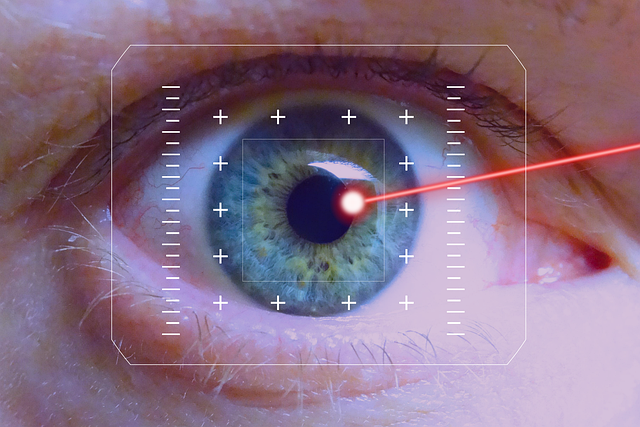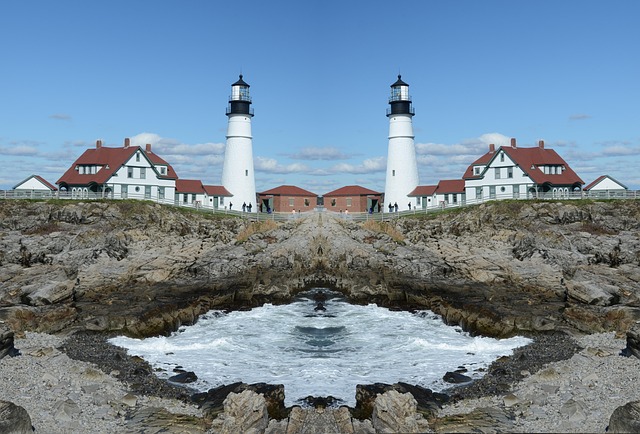In the ever-evolving world of display technology, the quest for perfection is unending. With each year, new advancements emerge, promising sharper images and more immersive experiences. One such advancement, gaining traction among tech enthusiasts and professionals alike, is image stitching. This technique is not just revolutionizing how we perceive visuals on our televisions but is also redefining the essence of resolution itself.
Imagine watching your favorite movie on a massive screen that immerses you in the action, where every detail of the landscape is exceptionally clear, and the colors are vibrant. This cinematic experience is becoming increasingly achievable thanks to image stitching techniques that merge multiple images or frames into one seamless presentation. By cleverly utilizing algorithms, this process ensures that the final output exceeds what traditional displays could offer, thus taking your viewing experience to an entirely new level.
Consider how monitors have transformed from bulky cathode ray tubes to sleek, ultra-high-definition displays. However, as we push for higher resolution, reaching a point where individual pixels become imperceptible, the need for image stitching becomes apparent. It enables the creation of larger virtual screens by stitching together smaller images into one unified display. This is particularly beneficial for large venues or events, where capturing an expansive field of view is essential for fully engaging the audience.
Moreover, the implications of image stitching extend beyond simple resolution enhancement. It allows for unparalleled visualization capabilities in various industries. For instance, in the realm of gaming, where immersion is key, developers can craft expansive worlds that players can explore in stunning detail. The result is a gaming environment that feels alive and dynamic, with graphics that match the intricacies of the human eye.
In medical imaging, the importance of precise visualization cannot be overstated. Surgeons rely on high-resolution images for accurate procedures. By employing image stitching, they can create comprehensive views of a patient’s anatomy, leading to better outcomes during surgeries. This blend of artistry and science highlights the profound ways our societies can benefit from such advancements.
As display technology continues to evolve, the integration of image stitching is becoming a fundamental aspect of how we interact with monitors and TVs. Enhanced resolution through this technique cultivates a sense of connection with the content we consume, breaking barriers between the viewer and the visual world. Whether you’re binge-watching your favorite series or collaborating on a project with colleagues spread across continents, the impacts of these technologies are significant and far-reaching.
In conclusion, as we venture forward in this exciting era, the idea of enhancing resolution through image stitching stands as a beacon of innovation. It not only represents the pinnacle of display technology but also promises to reshape our experiences with the digital world in ways that were once unimaginable. The journey of visualization has just begun, and it’s thrilling to think of where this technology will take us next.




